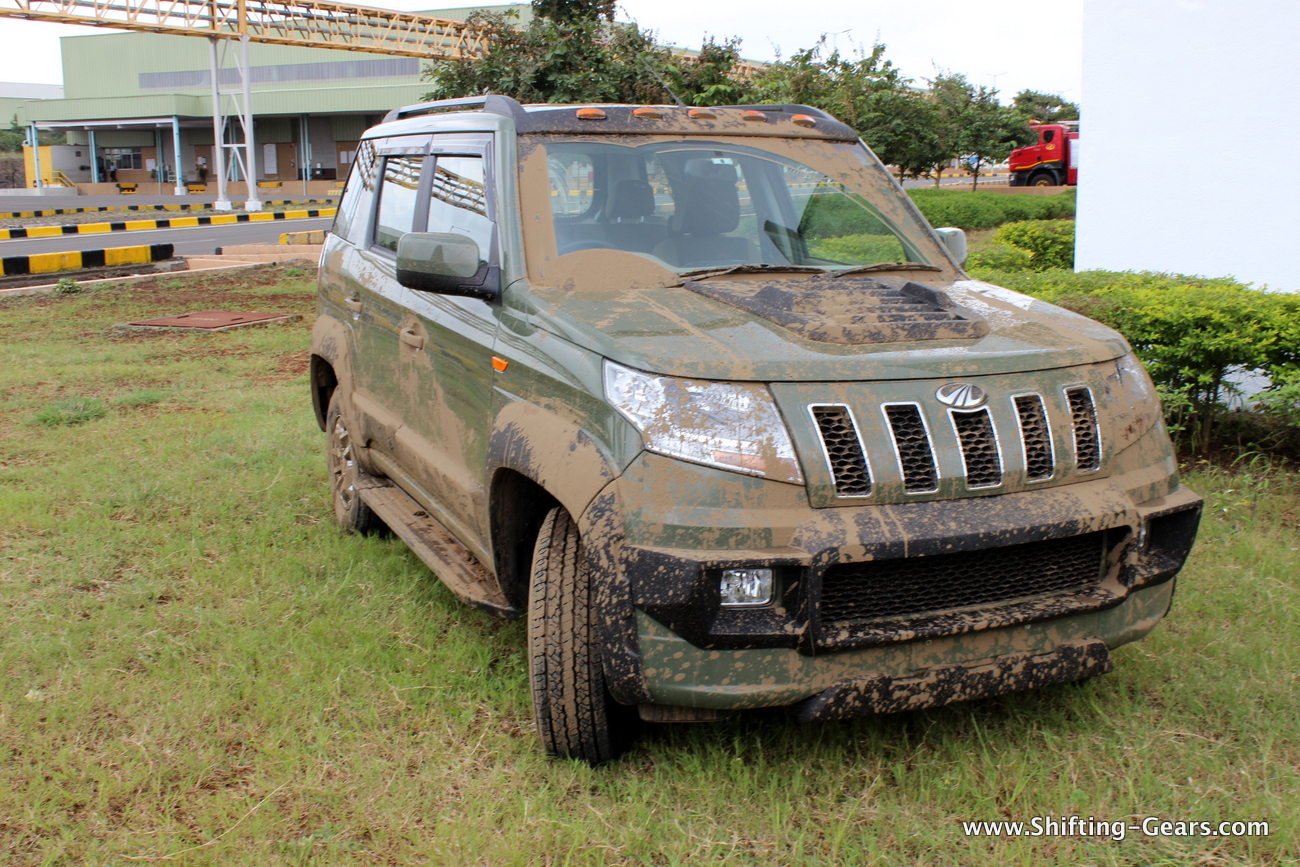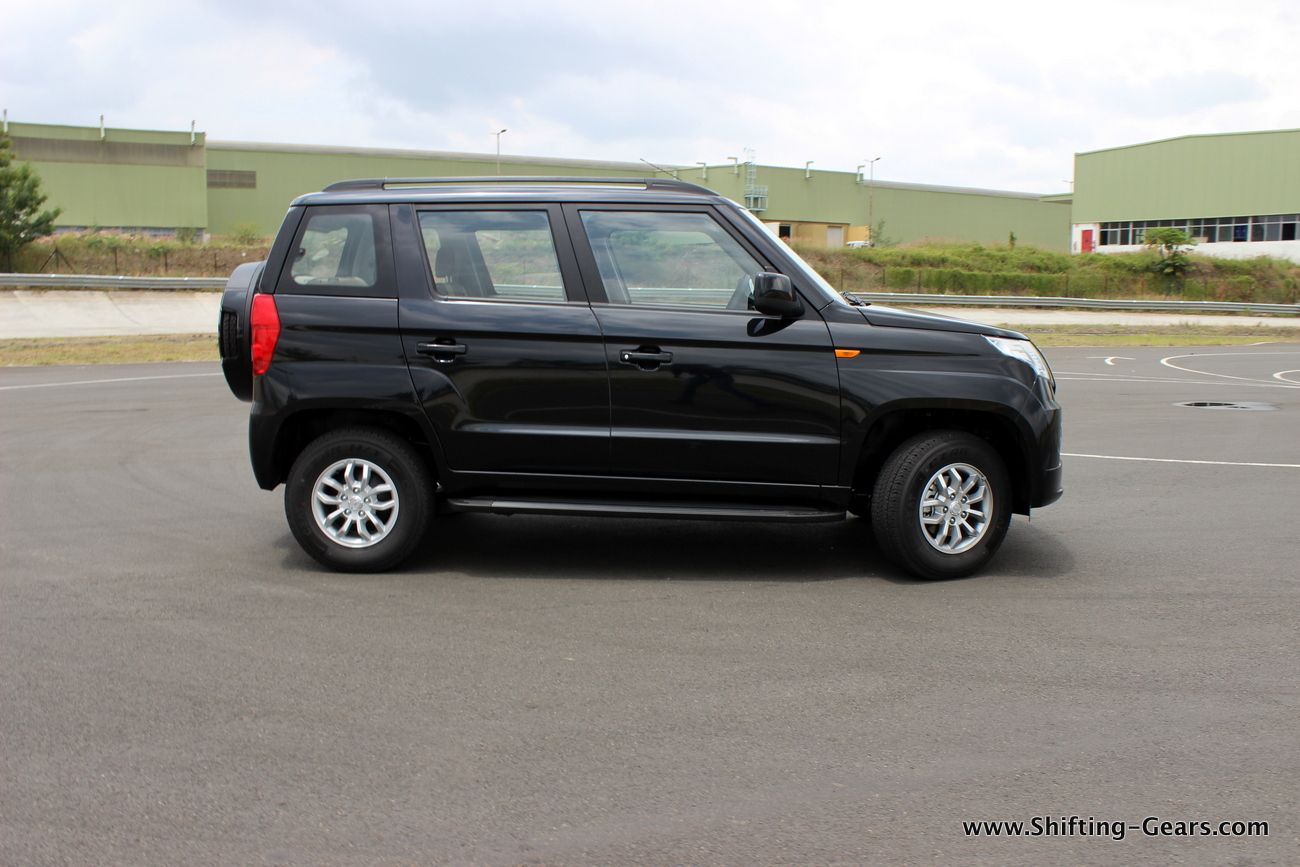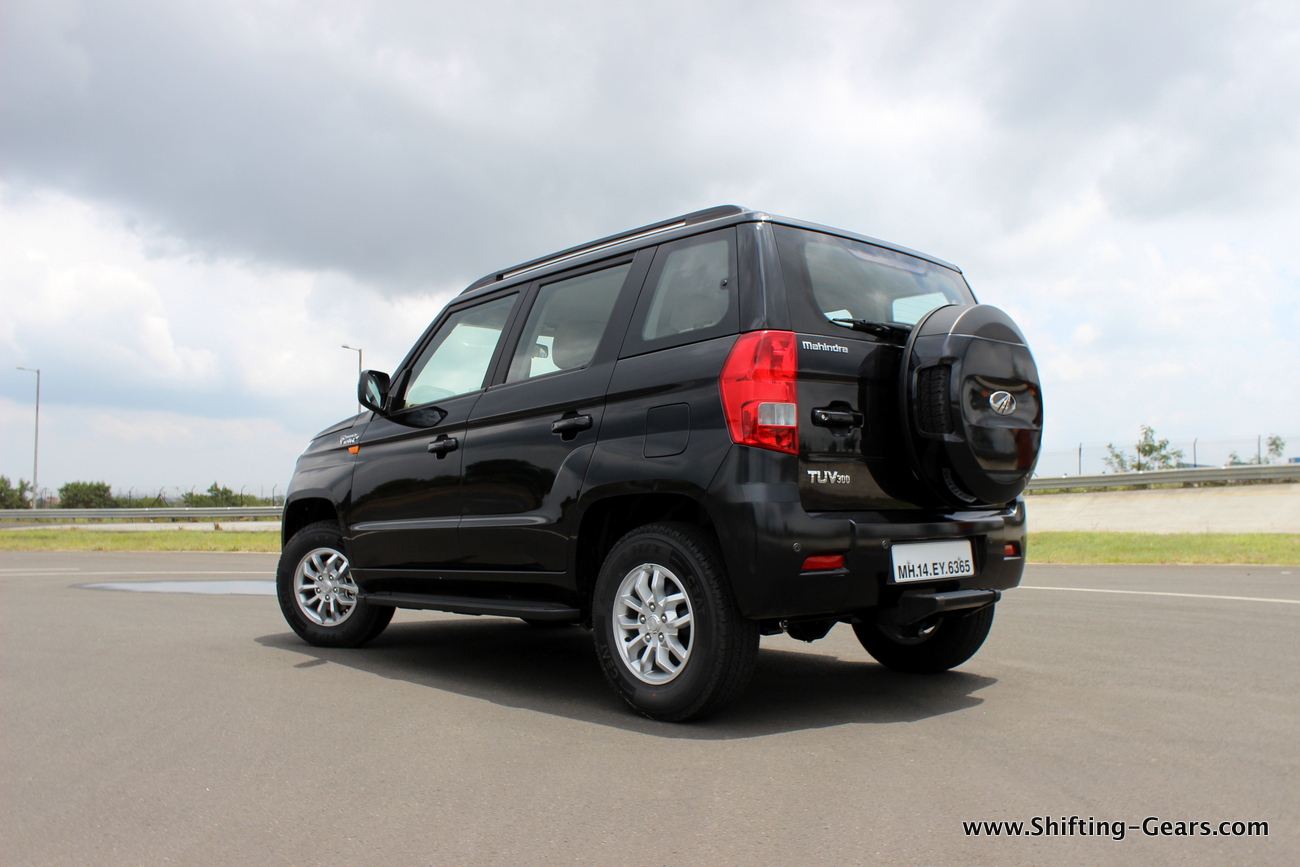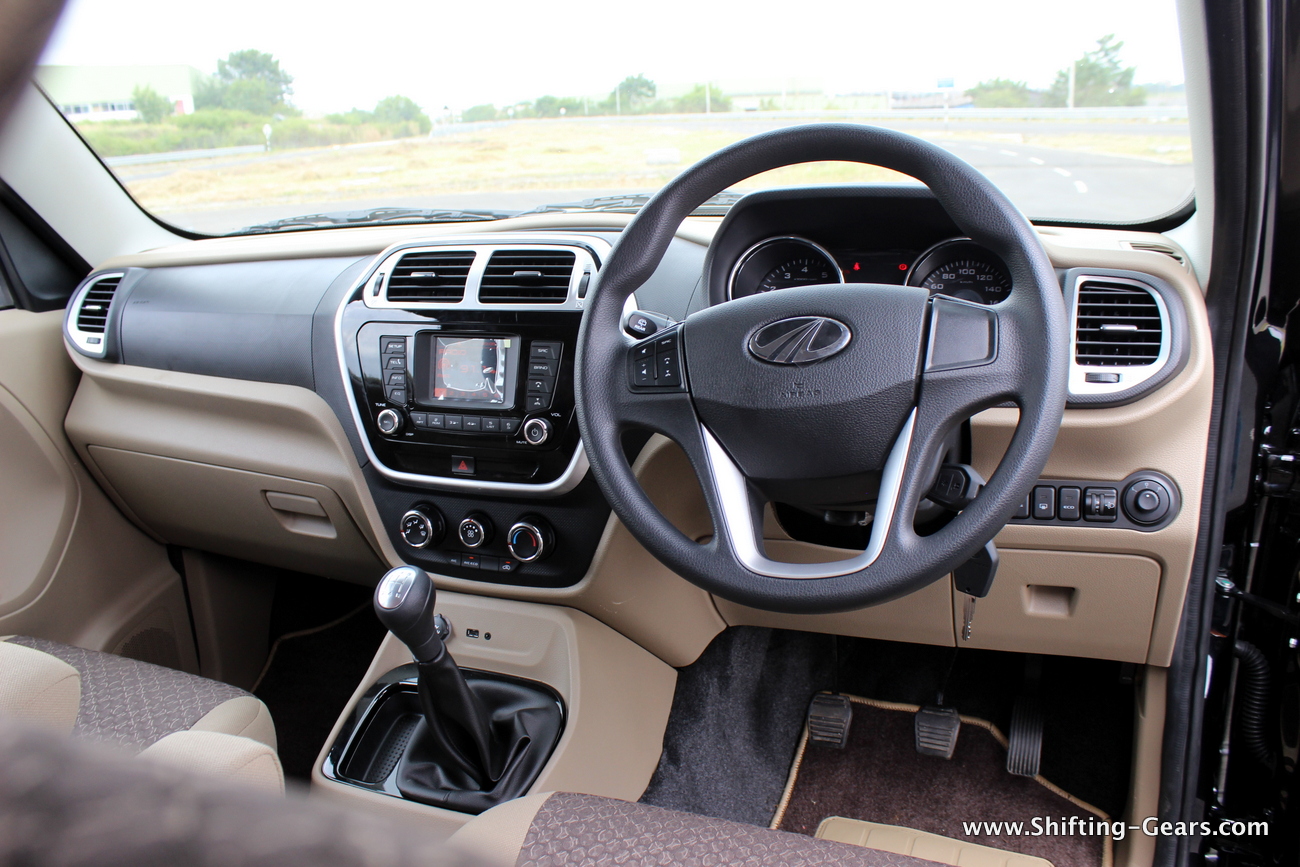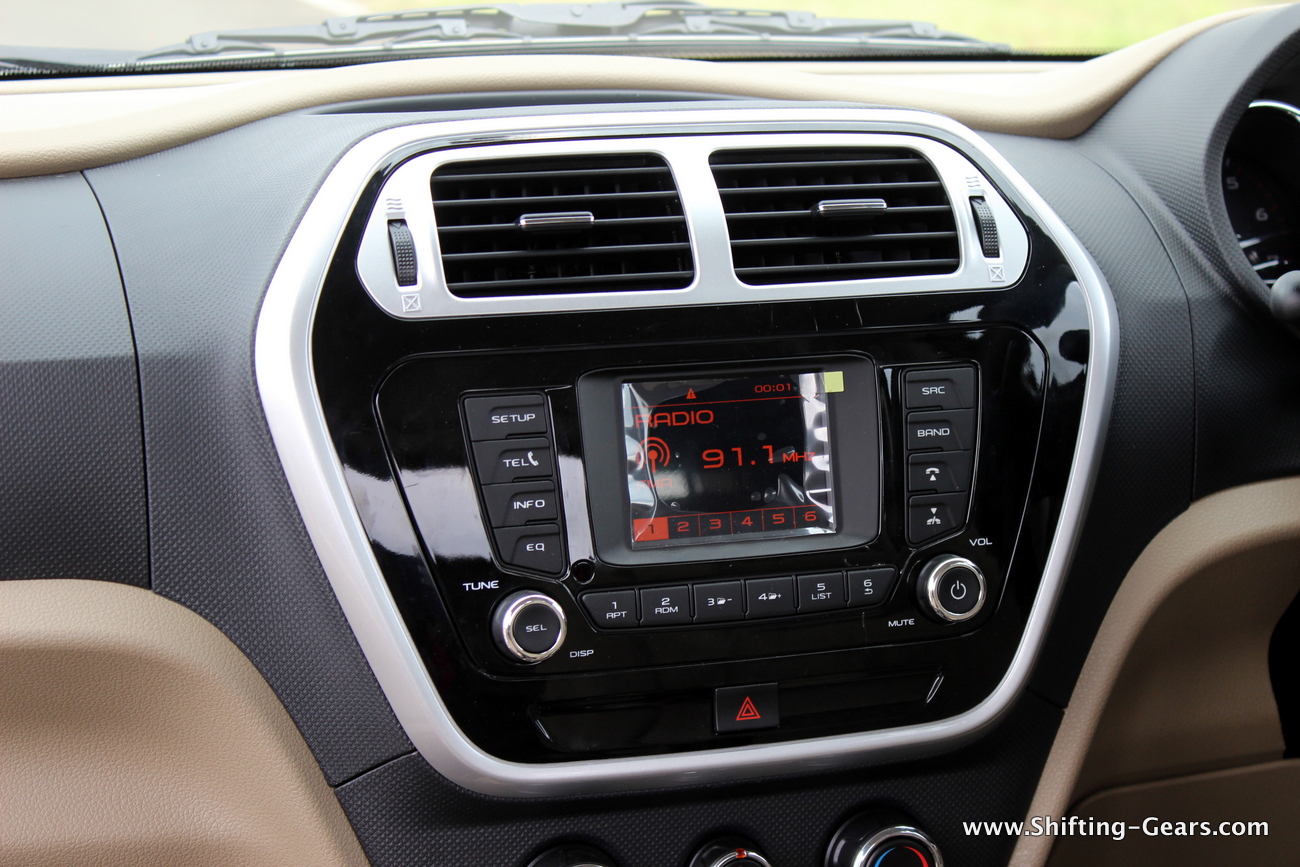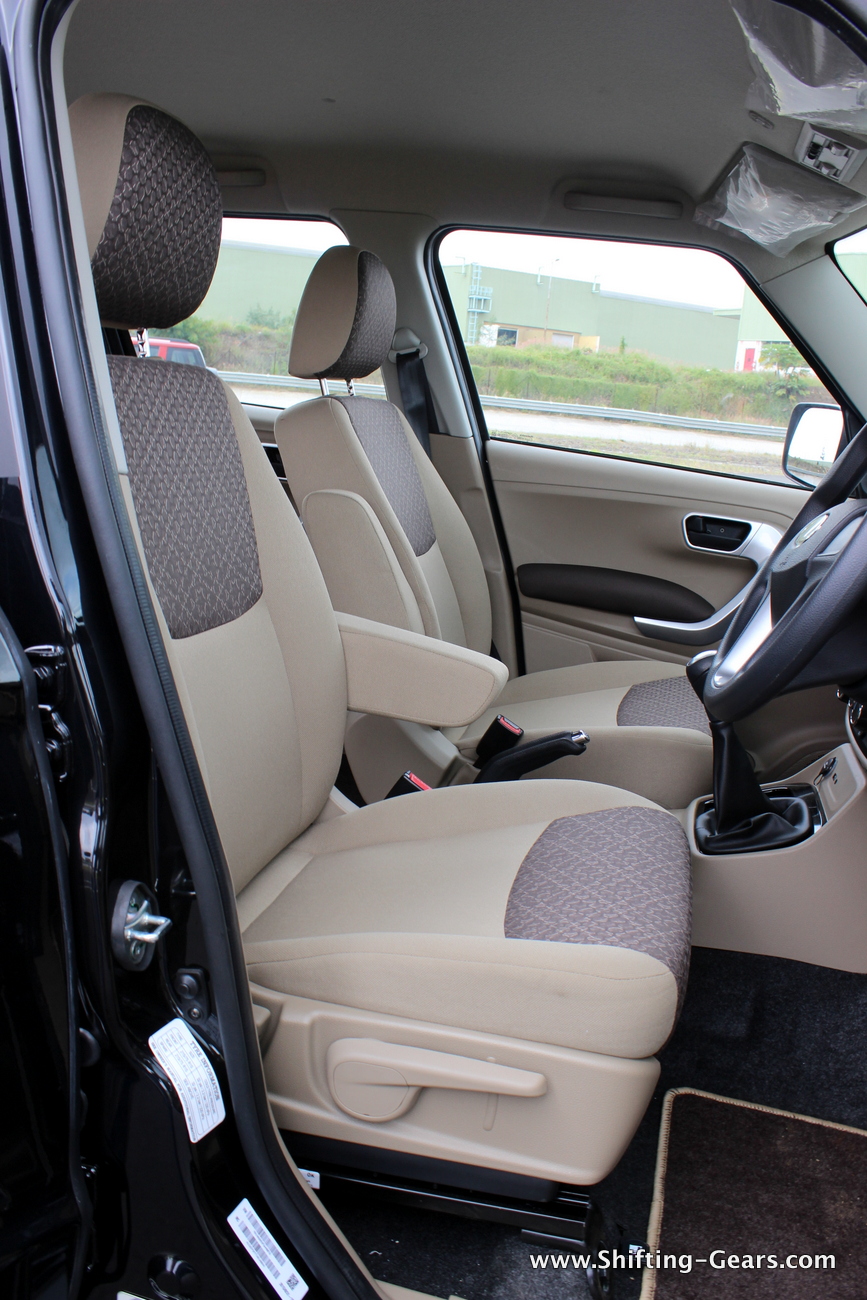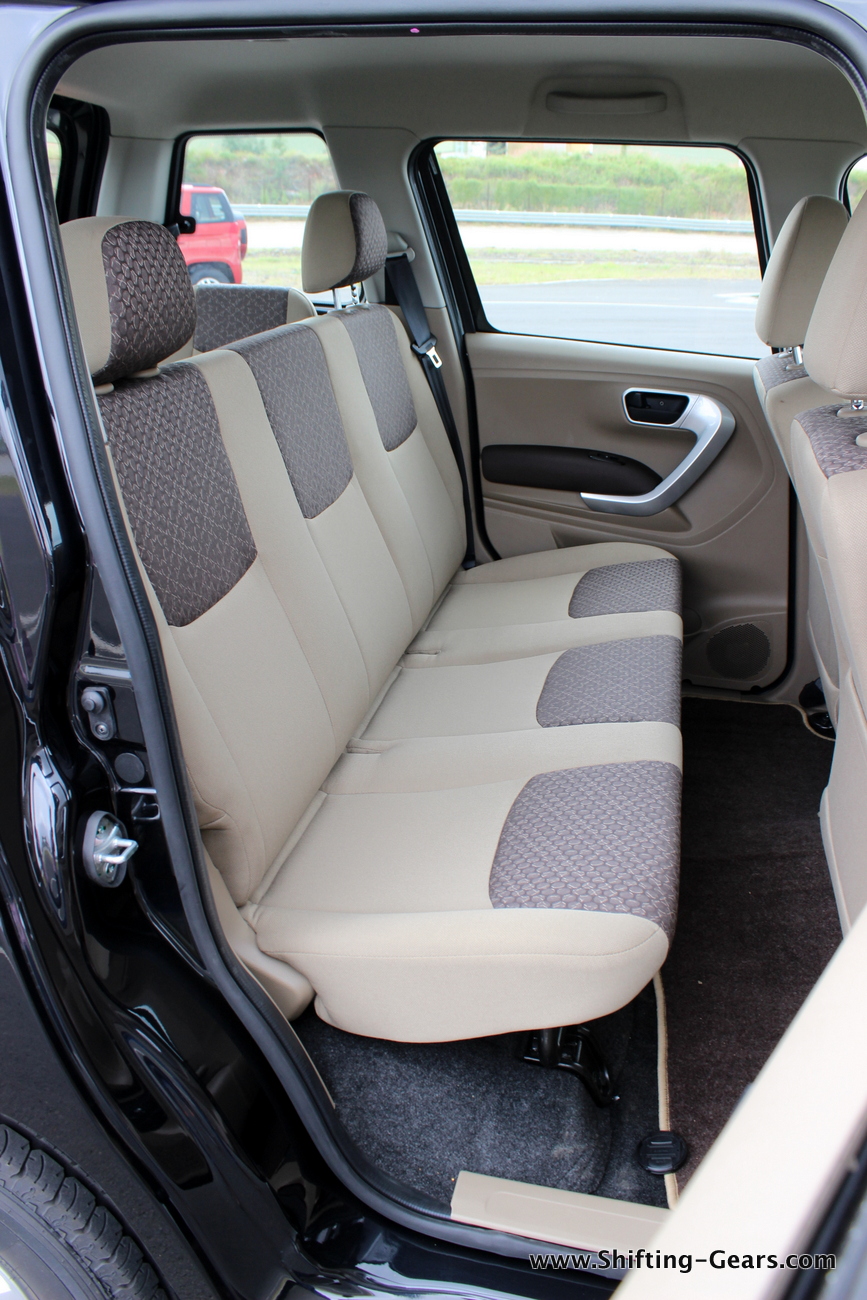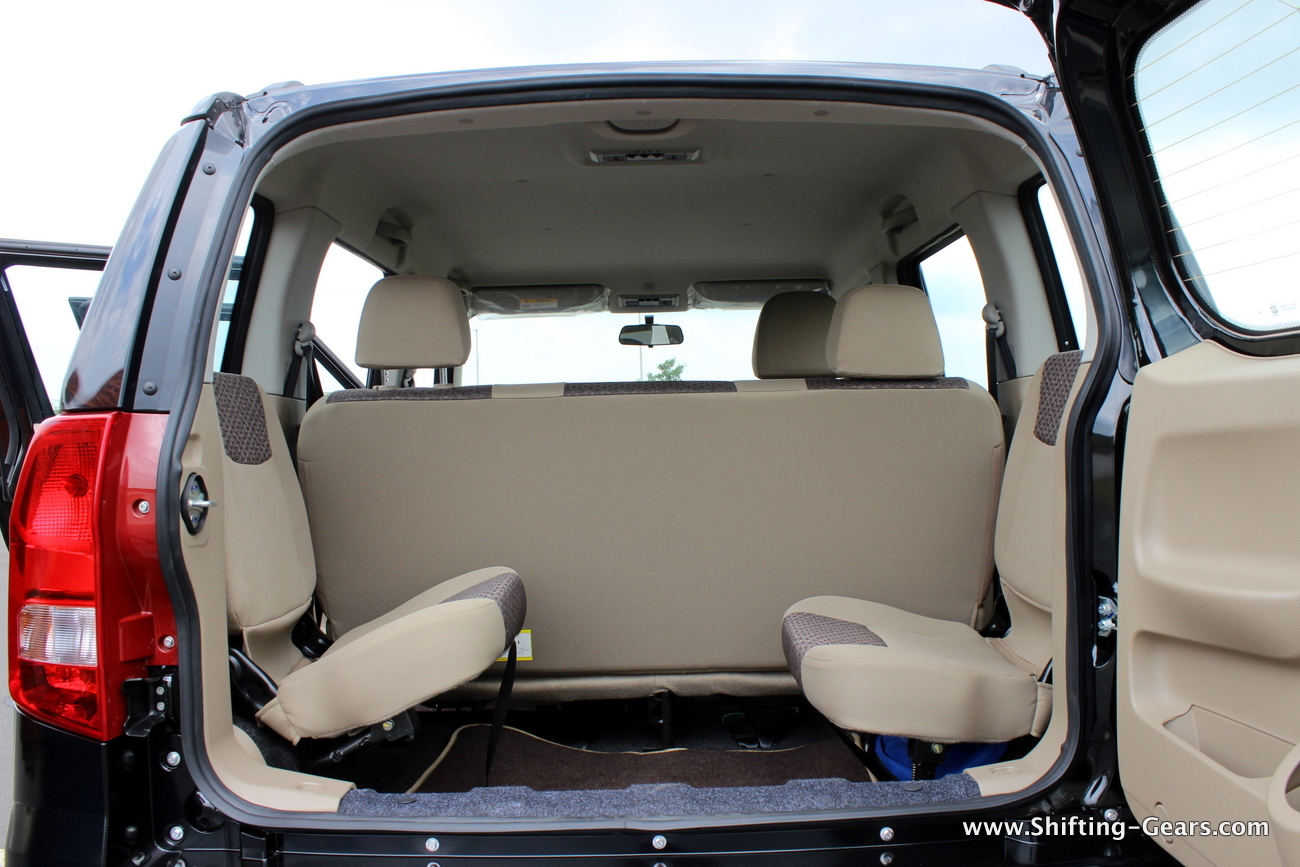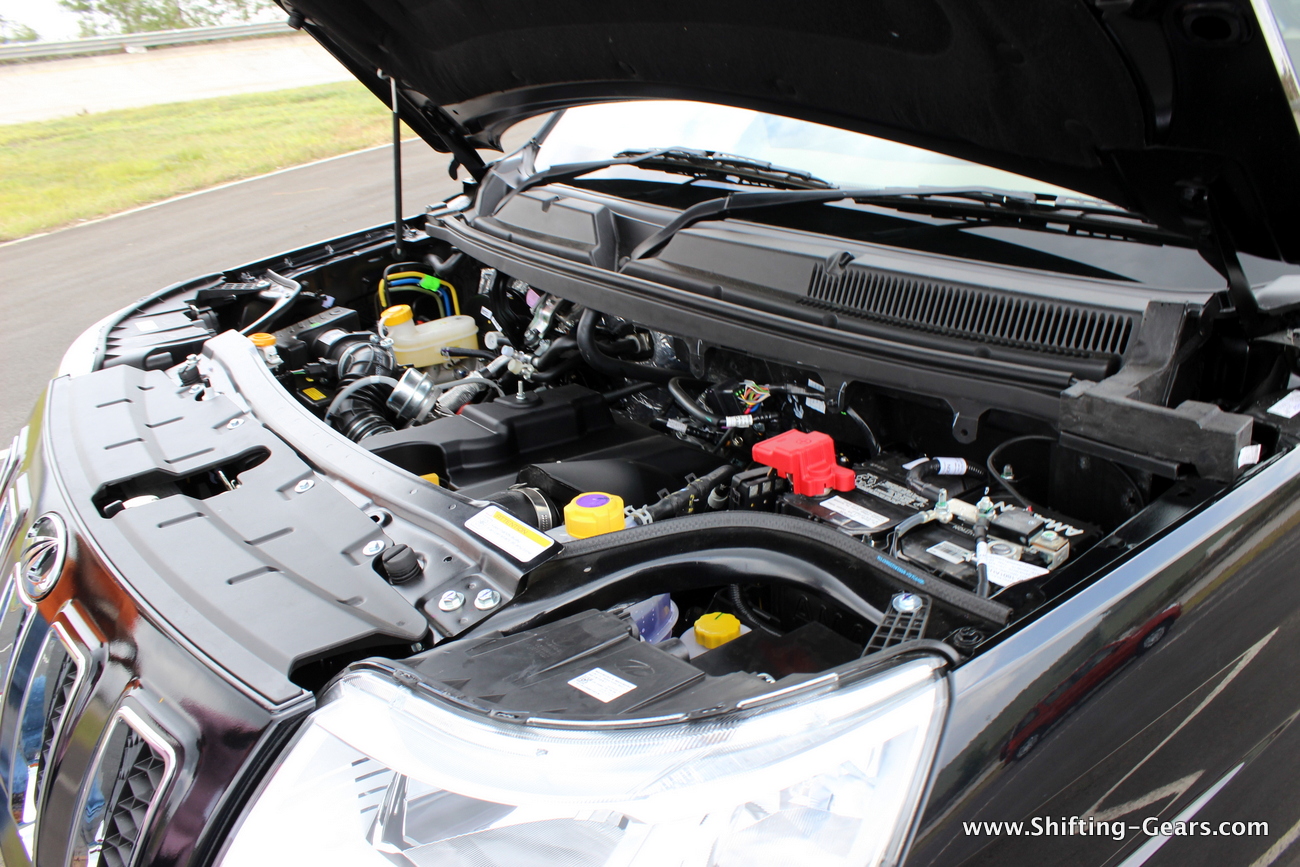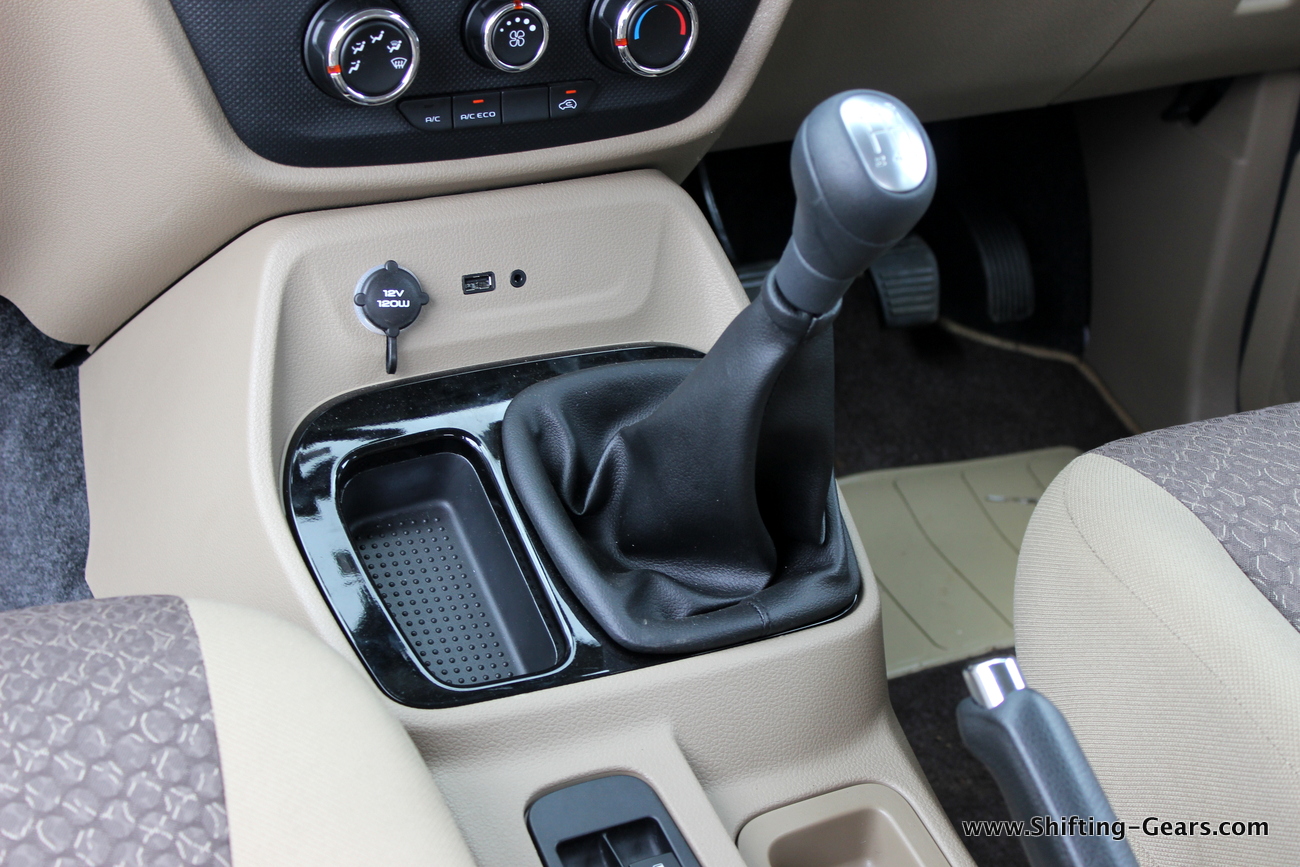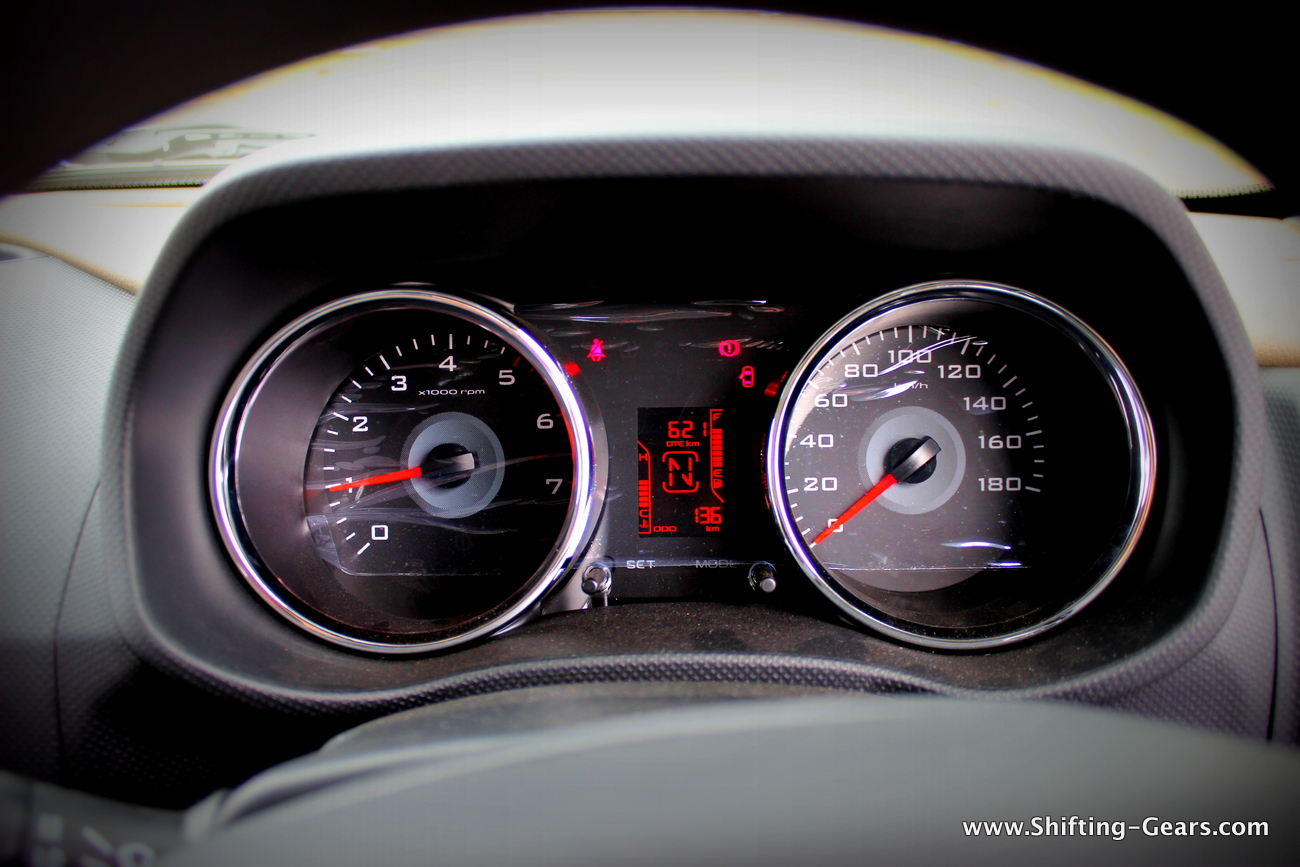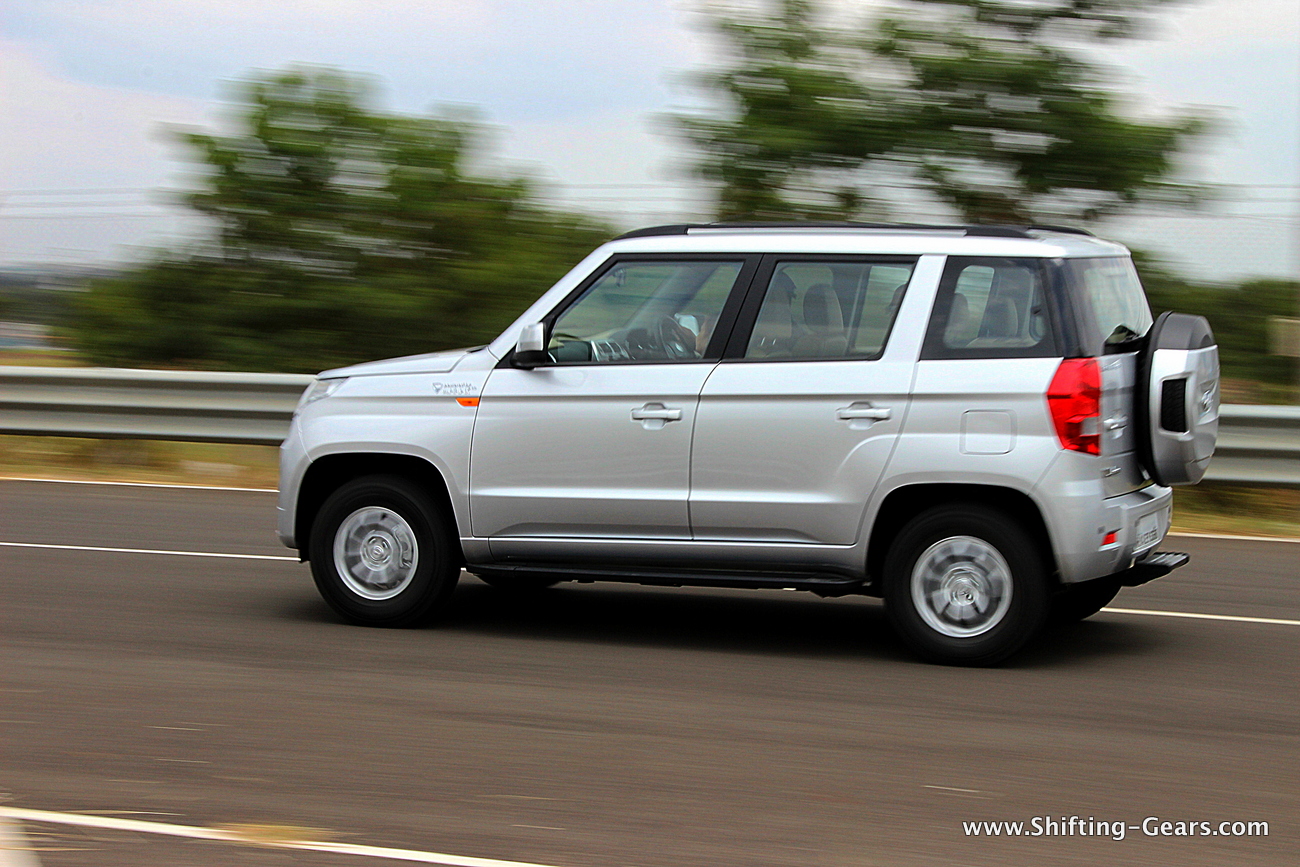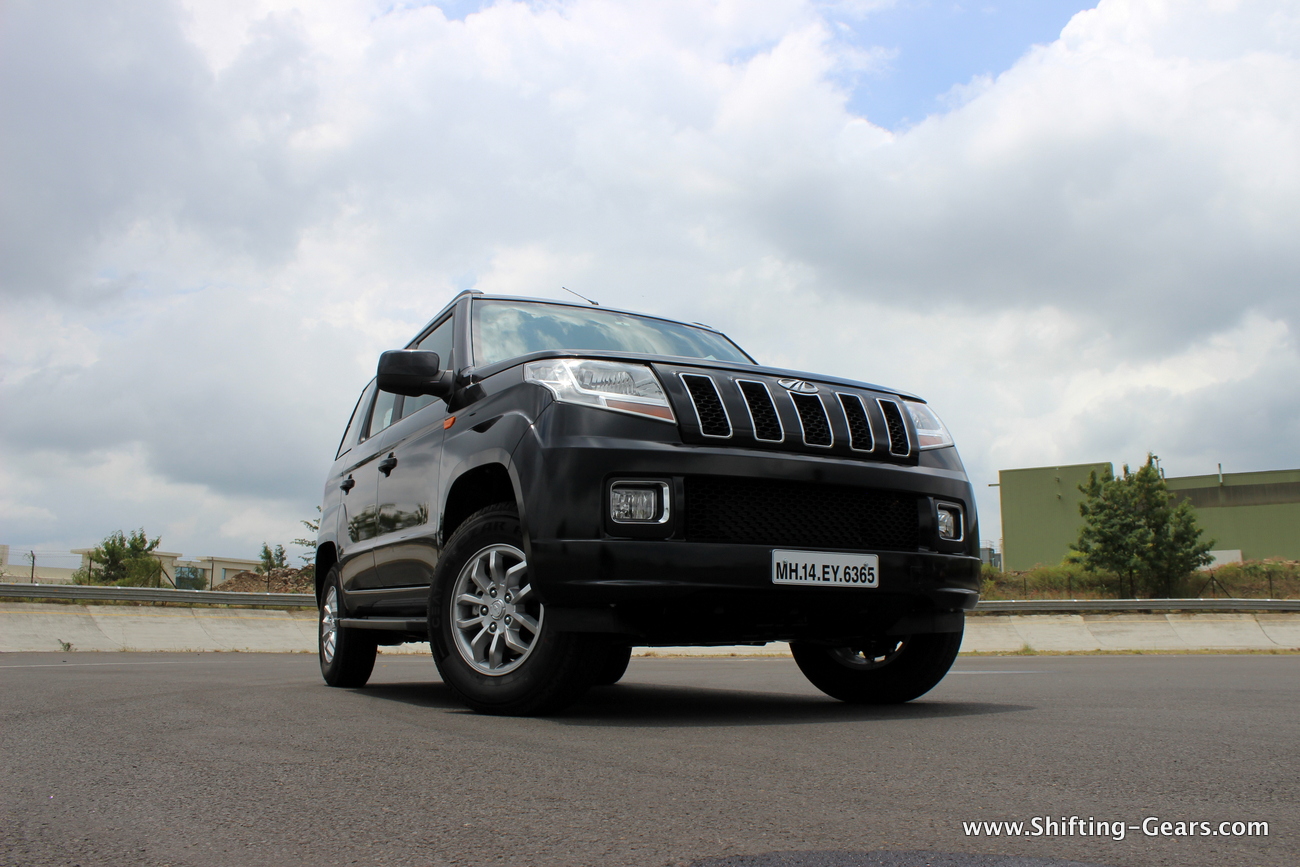It is essential for a Chinese restaurant to serve good Chinese food. It is essential for a Indian restaurant to serve good Indian food. Same is the case with Mahindra & the utility segment. UVs have been the bread and butter for Mahindra since inception, and the brand cannot afford not to explore all their options in this segment. While Mahindra has been leading the utility personal vehicle space for a long time in India, in recent years, more growth was reported in the compact-SUV segment. Noticing this, Mahindra launched the SHORT+CUT derivative of the Xylo, the Quanto in the sub-4 metre compact-SUV space. And as everyone knows, the Quanto was a flop product right from day 1. Sales never really took off & the car is a rare sight on the Indian streets. It quizzed plenty how a Xylo MPV just with the rear end chopped off suddenly turned into a compact-SUV. Eventually loosing market share in this space, Mahindra started working on an all-new compact-SUV codenamed as the U301.
The U301 was earlier reported to be a replacement for the ageing Bolero. But considering the Bolero still manages to sell in 4 digits every month, a replacement was unnecessary for this cash cow. After thousands of spyshots, Mahindra finally started revealing details about the U301 since last month. The name came as no surprise to the Indian audience knowing Mahindra’s love for car models named with the suffix ‘O’. The U301 has been badged as the TUV300. Here, TUV stands for Tough Utility Vehicle. Now, does the TUV300 replace the Bolero & even the Quanto will continue to be on sale here in India. To generate volumes from rural as well as urban markets, the TUV is a very important product for Mahindra with investments recorded in the tune of Rs. 1,500 crore for the project.
Mahindra has launched the all-new TUV3OO compact-SUV in India priced at Rs. 6.90 lakh (ex-showroom Pune).
Price list: (ex-showroom Pune)
T4: Rs. 6.90 lakh
T4+: Rs. 7.25 lakh
T6: Rs. 7.55 lakh
T6+: Rs. 7.80 lakh
T6+ AMT: Rs. 8.52 lakh
T8: Rs. 8.40 lakh
T8+ AMT: Rs. 9.12 lakh
So, is the TUV300 capable enough to fight the likes of Ford EcoSport & the Renault Duster? Is it better compared to the Quanto? Is the pricing justified? We took this new compact-SUV for a quick drive to find out…
Exteriors:
Well, styling is subjective. Everybody has their own set of requirements on how a sheet metal should be moulded. Mahindra claims that the TUV300 takes styling cues from a battle tank. Well, it surely doesn’t seem like since a battle tank is not really boxy, from any angle. However, the styling isn’t too bad. If you compare it to the Quanto, things are much better with the TUV300.
When you look at the TUV300 from the front, it is not a typical Mahindra. Why? Because it has an uncanny resemblance to the Jeep brand with this 5 toothed grille. Not sure if the Fiat group will be happy about this. The TUV300 looks rather flat even from the front. The 5 toothed grille is the most prominent design element on the front with honeycomb mesh recessed behind & chrome surround on top. To the side, you have mildly swept-back headlamps which gets turn indicators at the bottom with amber coloured lens. Segment best feature includes static bending headlamps. Below, you get square fog lamps with chrome surrounds as well. Between these fog lamps is an unrestricted honeycomb mesh air dam. The front bumper also gets protection lip which hints before you might scrape the front end. One thing we noticed was that the paint quality on the front bumper especially was very, very poor. Even on a brand new car, it looked like it was repainted from a local garage. Bonnet is rather flat with mild crease lines.
Come to the side, and things are very average. The TUV300 is the widest & tallest in its class, and it shows. But the body work all around is very basic. Mahindra claims that all other models in the segment shout out too hard to grab eyeballs, but the TUV300 is a bit lesser than just understated. The A, B & C pillars are placed in italics, the only kink on the design side. The B pillar is wrapped in matte black & there’s a crease line running between the headlamp & tail lamp. Wheel arches are subtle, not as prominent as the Duster. Instead of side body mouldings, the sheet metal on the doors has been embossed. Mahindra does offer an all-black side step to make ingress & egress a bit easy. Alloy wheels are 5 bi-spoke silver units shod with 215/75/R15 Ceat Czar tyres. Turn indicators are placed conventionally on the front fender, and not on the ORVMs. The mHawk80 engine badging is seen only on the LHS, above the turn indicator. Pull type door handles are a bit larger in size, typical of utility vehicles. Roof rails on top add some sporty appeal, and are seen in all black. Mahindra also offers a butterfly rear quarter glass for a bit of extra air re-circulation.
Come to the back, and just to prove it’s SUV characteristics, Mahindra places the spare wheel on the tail gate. Higher end models will also get a body coloured cover for the spare wheel. Rear end is again, FLAT. Although better than the Quanto to look at, there’s very little that grabs your attention. The TUV gets XL sized tail laps and they look pretty basic. Below, on the rear bumper, you get reflectors on either ends and a small step below the number plate. TUV300 badging is to the left while the variant badging is on the right of the tail gate. There’s really very little to talk about over the design of this product. It’s just average!
For those who love customization, Mahindra will offer some really good accessories which make the TUV300 pose better. You have Hummer-like marker lamps on the roof, front armour over the air dam, bonnet hull, rear spoiler, front skid plate & side body armour. All of us know that there will obviously be an extensive list of chrome accessories which Mahindra’s target audience really loves. There’s a made to order military green colour available as well.
Interiors:
The TUV300 is a sub-4 metre compact-SUV. Before stepping in, we had a feeling that things would be pretty tight (cramped) on the inside. But to our surprise, the minute we got it, the wide cabin welcomed us. With a generous amount of greenhouse, extensive use of beige; the cabin of the TUV300 feels very airy. Of course, it is the widest car in its class and it does feel like one.
The dashboard of the TUV300 makes use of beige, black, gloss black & silver in a very good mix. Steering wheel sports a similar design from the XUV500, with silver accents in the centre & audio controls on the LHS. Instrument cluster gets a twin pot layout with chrome surrounds on top & a MID screen in between. MID displays plenty of data such as DTE, average fuel efficiency, instantaneous fuel efficiency, odometer, trip meter, gear shift indicator, time, fuel gauge & temperature gauge.
Centre console looks very premium with the use of gloss black plastic around the infotainment system. The screen for the stereo is large, but is just informative & not really an AVN. Backlit in red, it works as a display for the reverse parking sensors. Buttons on the stereo feel premium & the speakers also deliver acceptable sound quality. AC vents on top are easy to direct air flow to your face. Manual AC controls get rotary knobs, again with chrome accents. AC performance is acceptable, but the blower is rather noisy above speed 3. USB, Aux-in & a power outlet is placed below the AC control.
TUV300 gets power window controls placed on the floor console, between the front seats. This has also helped Mahindra maximize lateral cabin space for front occupants. Ahead, the gear lever is tall & typical of UVs. There’s plenty of storage cubicles in the front end of the cabin.
Mahindra offers beige seats with light brown textured pattern. Front seats offer decent support and keep the driver in place. We must mention that the seat quality & finishing is much better even when you compare it to the Scorpio. Although the driving position is quite commanding, the height adjustment will keep shorter drivers happy as well. Headroom, legroom, shoulder room all are available in abundance. There’s a retractable arm rest for both the front passengers as well. No dead pedal though, and not enough space to move your foot on the floor from the LHS of the clutch either.
Come to the second row, and it’s clear that you can easily accommodate 3 passengers. The wider cabin has surely helped Mahindra in the space department. The transmission hump is also minimum and will not interfere with the 5th occupants feet. The only grouse is that the seatback is rather upright, and there is no reclining function on offer. Under thigh support, legroom, headroom all are in acceptable quantity by UV standards. Rear passengers get door pockets as well as front seatback pockets to store oddities. Fabric trim on the door pads adds to the comfort while resting your arms.
3rd row with the 2 side-facing jump seats is clearly for kids, or for petite adults. There’s slightly more room here compared to the Quanto, but not that much too keep one happy on long drives. There’s no rear AC provided for the 3rd row, or even the 2nd row.
The TUV300 is surely a step in the right direction at least in the interior department. We were rather impressed with the quality of materials. Impressed also because we expected much lesser from Mahindra looking at what the Scorpio & Xylo offer.
Engine, performance & handling:
Powering the TUV300 is a 1.5L, 3-cylinder, turbocharged diesel motor. Although this sounds like the engine has been shared with the Quanto, this is an all-new mHawk80 diesel motor developed specifically for the TUV300. Mahindra has invested Rs. 200 crore for the development of this engine and the engine block, turbocharger, crank case, head, etc. all are completely new. Extensive use of aluminium have also made this engine 20 kg lighter than the one we’ve seen on the Quanto.
This 1.5L mHawk80 diesel engine pumps 84 BHP of power @ 3,750 RPM and 230 Nm of torque 1,500-2,250. Engine is matched to a 5-speed manual or 5-speed AMT gearbox. We got to drive the manual version but Mahindra did reveal that the new AMT gearbox has been developed in-house with inputs from Riccardo. The AMT gearbox is proprietary Mahindra.
With a claimed fuel efficiency of 18.49 kmpl, owners can expect real world figures of around 10 kmpl in the city & around 15-16 kmpl with moderate driving style out on the highway.
Fire up the engine, and you will be pleased to note that NVH levels are really well controlled by Mahindra standards. There is very minimum vibration seen or felt on the steering, gear stick & pedals. The engine at idle is audible inside the cabin, but not too disturbing.
Slot it in first, and the TUV starts crawling without any throttle input just like any other diesel powered car. One more thing we noticed was that the gear gates were well defined. We rarely moved to an incorrect gear or struggled to change gears. Gearbox however feels the same, a bit rubbery while slotting in. ABC pedals have medium throw & need medium effort. They are not the lightest in class for sure. Steering is an EPS unit, but not hatchback-like light at a standstill. On the go, it weighs up, but still, nothing to talk about here.
We drove the TUV in a closed environment, on a private test track, hence city impressions will not be very accurate here. With the minimum number of speed breakers, we noticed that the car did not bounce too much & felt a bit more planted compared to the Quanto. You can crawl in city traffic in second gear easily, and even start off from 0 kmph with minimum slipping of the clutch.
Out on the long straight, the TUV300 impressed us with the low & mid range punch. The compact-SUV accelerated over 100 kmph easily, but then, things began to taper off. Top end performance is limited and beyond 130 kmph, the progress is slow too. Turbo lag is well controlled and won’t catch you unaware when in need.
Unlike other compact-SUVs out on sale, the TUV300 is not a monocoque model. It is built around a body-on-frame chassis which gives it some very good soft-roading abilities. Soft-roading because with the lack of 4×4, off-roading will not be fun or even possible at times. Even on high speeds, the TUV felt very planted and over small bumps, it did not have too much of vertical movement. It’s not as good as the Duster, but 50-60% there for reference. Body roll although unavoidable for a car of this class, was not unnerving. Overall handling will not offend those who come with an opinion to surely buy a Mahindra. Cross shoppers however will find the ride quality a bit on the average side. But to give Mahindra some credit, the ride quality is not as choppy as the XUV500 & not as bouncy as the Xylo; we were much comfortable here.
Braking performance is adequate, and the vehicle does drop speeds in a decent manner. It is the pedal feel which takes away confidence because of the spongy nature. A well calibrated brake pedal would be really appreciated. Under hard braking, the tyres did squeal but ABS didn’t kick-in.
In the safety department, Mahindra is offering dual front airbags, ABS, EBD & engine immobiliser. Safety features are optional even on the base variant which is really a good move. Mahindra claims that the TUV300 will meet all crash test norms till 4 years from now. For peace of mind, Mahindra has also put a 3-year / 1,00,000 km warranty as standard on the table.
So, should you buy the TUV300? Well, if you’re ok with the exteriors, let us tell you that from the inside, the TUV300 won’t disappoint. If you’re a Quanto owner and wish to swap, you will not regret it. For the segment, it does offer some first-in-class features such as AMT, static bending headlamps, micro-hybrid, blue sense, etc. With competition charging a bomb for their respective top end models in the segment, the Mahindra TUV300 is a good option if you’re tight on the budget. We would still like to mention that given the overall package, we feel the TUV is overpriced by at least Rs. 50,000 for the entry-level variants.



